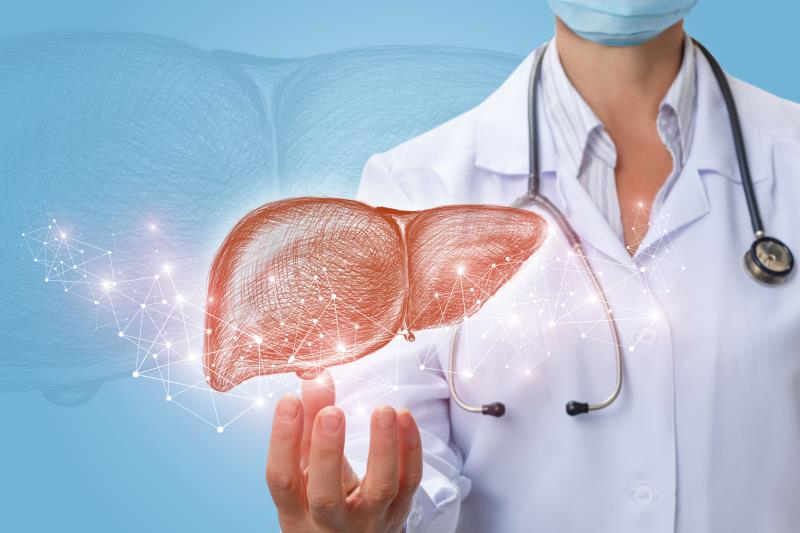
Emricasan appears to be ineffective in improving liver histology in patients with nonalcoholic steatohepatitis (NASH) and may even worsen fibrosis and ballooning, a new trial has shown.
Researchers randomly assigned 318 NASH patients 1:1:1 to receive twice-daily emricasan, at 5 or 50 mg, or matching placebo. The trial lasted for 72 weeks, over which time efficacy was measured as the improvement of at least one NASH Clinical Research Network (CRN) fibrosis stage without further worsening.
NASH resolution was infrequent on both the 5-mg and 50-mg emricasan doses than on placebo (3.7 percent vs 6.6 percent vs 10.5 percent). The same was true for the resolution of fibrosis (3.7 percent vs 0.9 percent vs 4.9 percent, respectively) and disease activity score response (10.3 percent vs 9.4 percent vs 18.1 percent, respectively).
Moreover, more placebo patients saw improvements in fibrosis relative to the 5-mg and 50-mg emricasan dose groups (21.5 percent vs 13.7 percent and 13.4 percent).
On the other hand, emricasan patients showed a significant increase in fibrosis stage from baseline (5-mg: least squares mean [LSM] change, 0.405, 95 percent confidence interval [CI], 0.237–0.572; p=0.004; 50-mg: LSM change, 0.357, 95 percent CI, 0.191–0.523; p=0.013).
The corresponding change in the placebo group was nonsignificant (LSM change, 0.061, 95 percent CI, –0.108 to 0.230). There were also fewer patients in the placebo group who experienced worsening fibrosis than in the 5-mg and 50-mg emricasan groups (20.4 percent vs 41.1 percent and 38.1 percent).